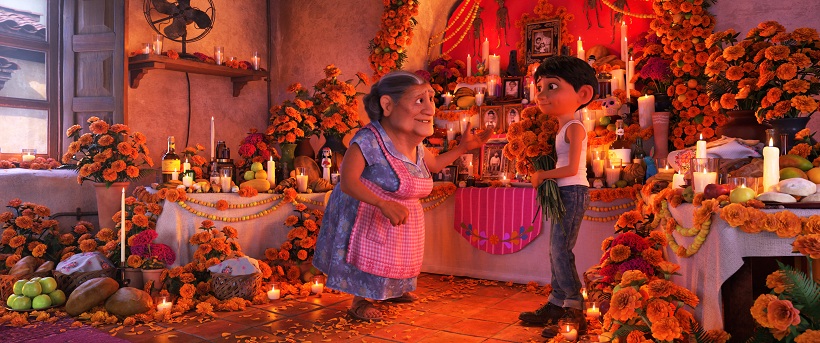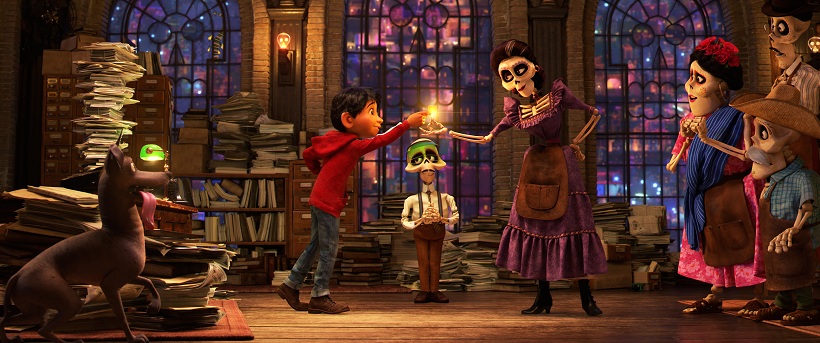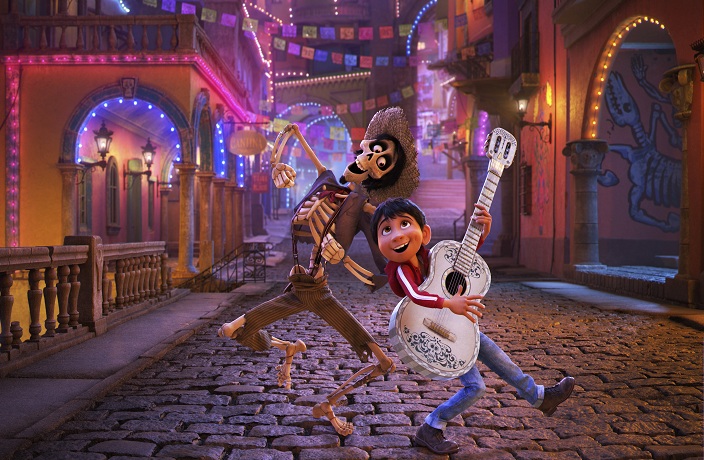Western producers hoping to tap into China’s lucrative film market have tried a variety of tactics over the past few years to create a movie that appeals to Chinese audiences, from casting famous Chinese actors (Rogue One: A Star Wars Story, The Foreigner), to shoehorning Chinese history and culture into a screenplay penned by Westerners (The Great Wall). They’ve had varying degrees of success, but viewers can often sense the inauthenticity of this type of pandering from a mile away.
Coco, Disney Pixar’s latest animated film about Mexico’s Day of the Dead, has nothing to do with China whatsoever, but it has resonated profoundly with Chinese audiences, rising to the top of the domestic box office and becoming Pixar’s highest grossing film of all time in the country. Coco’s authentic and relatable story has also struck a chord throughout the rest of the world, with critics praising it as one of Pixar’s best films in years. In addition to its engaging storyline full of twists and turns and its breathtaking animated visuals, the film’s theme of respecting one’s ancestors and traditions reveal a few surprising ways in which Mexican and Chinese cultural values overlap.
It goes against the very American-centric values of extreme individualism and pursuing your goals and aspirations at any cost. Instead, ancestral piety and a love of one’s culture are the themes at the film’s core.
Coco tells the story of Miguel, a 12-year-old boy growing up in a small Mexican town as part of a family of shoemakers. He dreams of being a musician like his hero, the deceased guitarist Ernesto de la Cruz, but his family placed a ban on music several generations earlier, after Miguel’s great-great-grandfather, a guitarist, abandoned the family to pursue his career. When he attempts to steal the guitar at de la Cruz’s gravesite to enter a music competition, Miguel is transported to the Land of the Dead (animated as a dazzling, neon-colored city), where he meets his ancestors and must find a way back home by sunrise.
With a screenplay by Mexican-American writer Adrian Molina and an almost entirely Mexican or Latin American cast (including star turns from Gael García Bernal as a ghostly trickster named Héctor and newcomer Anthony Gonzalez as Miguel), the film found high praise for its accurate depiction of Mexican culture, and it became the highest grossing film of all time in Mexico.

Coco’s success in Mexico, as well as overseas, is so important because it reveals that cultural authenticity and genuine emotion create a story that resonates with people from different cultures around the world, rather than pandering or trying to make a ‘universal’ story.
Another fascinating element of the film is that it goes against the very American-centric values of extreme individualism and pursuing your goals and aspirations at any cost. Instead, ancestral piety and a love of one’s culture are the themes at the film’s core. Told with wit, emotion and cultural awareness, these ideas allowed the film to resonate with audiences in China and around the world, even if they may have been unfamiliar with Mexican traditions or the Day of the Dead.

The film’s transcendent, multi-national appeal is best summed up by this anecdote: though Coco’s depiction of ghosts technically doesn’t abide by SARFT’s ban on all supernatural elements in film, rumor has it that the Chinese Film Bureau approved it for domestic release anyway, because the committee was unanimously moved to tears after their viewing. It’s a supremely enjoyable film for both kids and adults, and we couldn’t recommend it higher.
Coco is available on DVD.


















